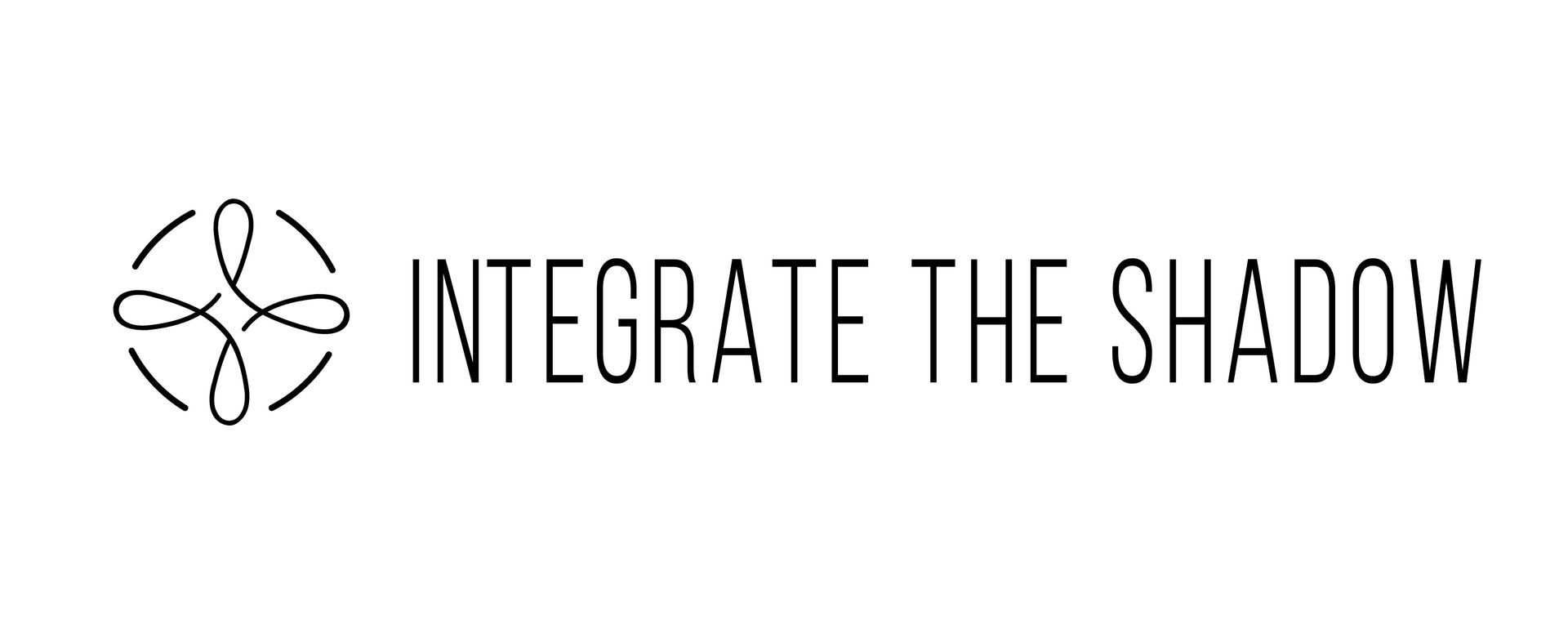Get in touch
555-555-5555
mymail@mailservice.com
Shadow Work
An introduction to Shadow Work

Understanding Our Hidden Selves
What is Shadow Work?
Shadow work is like going on a treasure hunt within ourselves. It's about finding and understanding parts of us that we've pushed away or hidden, often without realising it. Think of it as having a room where we've been storing things we don’t want to deal with or show to others. Robert Bly in his book "A Little Book on the Human Shadow" compares it to a bag we drag behind us. This bag is filled with parts of our personality we’ve learned to hide or suppress because, at some point, we were told or felt they weren’t acceptable.
How Do We Form Shadows?
From the time we're kids, we get messages about what's okay and what's not. For example, maybe we learned to hide our anger because we were told it’s bad to be angry, or we tucked away our playful side because we thought we needed to be more 'grown-up.' John Bradshaw, in his book "Healing the Shame that Binds You," explains how these parts, good and bad, get pushed into our 'shadow' – that metaphorical bag we carry around.
What is Projection?
Projection is like looking in a mirror, but instead of seeing our reflection, we see parts of ourselves in other people. It's when we spot something in someone else that really triggers us – either positively or negatively – and it's actually a reflection of something in us that we haven’t accepted. For instance, if we get really irritated by someone’s arrogance, it might be highlighting our own unacknowledged need for recognition. Freud introduced this concept, suggesting we often deal with internal conflicts by attributing them to others. Robert A. Johnson's book "Owning Your Own Shadow" offers a practical guide to understanding this in our everyday lives.
Practical Approaches in Shadow Work
Identifying Personal Shadows
Identifying our shadow is like being a detective in our own life. We start noticing things that repeatedly bother us in others or situations where we overreact. These are clues that there’s something in our shadow wanting attention.
For example, you're in a meeting, and a colleague's constant need for attention irritates you. This irritation could be a sign of your own hidden desire for recognition or a part of you that craves acknowledgment but has been pushed into the shadow.
Another approach is journaling. When you feel a strong emotional reaction, write it down. Ask yourself, "What part of me is reacting so strongly?" This reflection can reveal aspects of your shadow. For instance, if you always feel resentful when doing favors for others, it might reflect a neglected part of you that yearns to set boundaries and say 'no.'
Shadow Leakage: When the Hidden Comes Out
Sometimes what we've hidden doesn't stay hidden. It can pop out unexpectedly, affecting our actions and choices. Connie Zweig and Jeremiah Abrams, in "Meeting the Shadow," show how these unacknowledged parts can influence our lives, often in ways we don't like.
A common scenario is losing your temper over something small – it's not really about the spilled coffee, but maybe about repressed anger or frustration from other parts of your life. By recognizing these moments, you begin to understand what's hiding in your shadow.
Why Do Shadow Work
The Rewards of Exploring Our Shadow
Doing shadow work is like turning on the lights in that room we’ve been avoiding. It helps us understand ourselves better and make peace with all parts of who we are. Debbie Ford in "The Dark Side of the Light Chasers" discusses how facing our shadows can lead to greater authenticity and personal freedom.
Creating Safe Spaces for Shadow Work
Just like we’d want a safe space to go through things in a neglected room, shadow work needs a safe environment. Donald Kalsched's "The Inner World of Trauma" discusses the importance of a supportive setting for this kind of personal exploration.
Discovering Ourselves Through the Four Archetypes
The Four Archetypes in Shadow Work
Imagine four different characters within us, each with their own story: the Sovereign (like a wise king or queen), the Warrior (our inner protector), the Magician (our insightful guide), and the Lover (our passionate and connecting self). These archetypes, explored in Moore and Gillette's "King, Warrior, Magician, Lover," represent different aspects of our personality that we need to understand and balance.
1. The Magician: Insight and Perspective
The Magician in us is like our inner wise person. It helps us see things clearly and make good decisions. Joseph Campbell, in "The Hero with a Thousand Faces," talks about the importance of this archetype in our personal journeys.
2. The Sovereign: Leadership and Vision
Our inner Sovereign is like a good ruler. It helps us find direction in life and stand up for what we believe in. Jean Shinoda Bolen's "Goddesses in Everywoman" explores the feminine aspect of this power.
3. The Lover: Connection and Emotion
The Lover within us is all about feeling deeply and connecting with others. Ethel Spector Person’s "Dreams of Love and Fateful Encounters" sheds light on how this archetype influences our relationships.
4. The Warrior: Boundaries and Action
Our inner Warrior is the part that takes action and sets boundaries. Carol S. Pearson's "The Hero Within" shows how this energy helps us assert ourselves and protect what’s important.
Experiencing Shadow Work: A Path to Self-Discovery
What It’s Like to Do Shadow Work
Shadow work is a journey of self-discovery, not always easy but deeply rewarding. M. Scott Peck in "The Different Drum: Community Making and Peace" talks about creating safe and effective environments for this kind of exploration. It’s about opening that neglected room, sorting through its contents, and understanding how each piece is part of the unique puzzle of who we are.
.
New Title
All Rights Reserved | Integrate the Shadow

